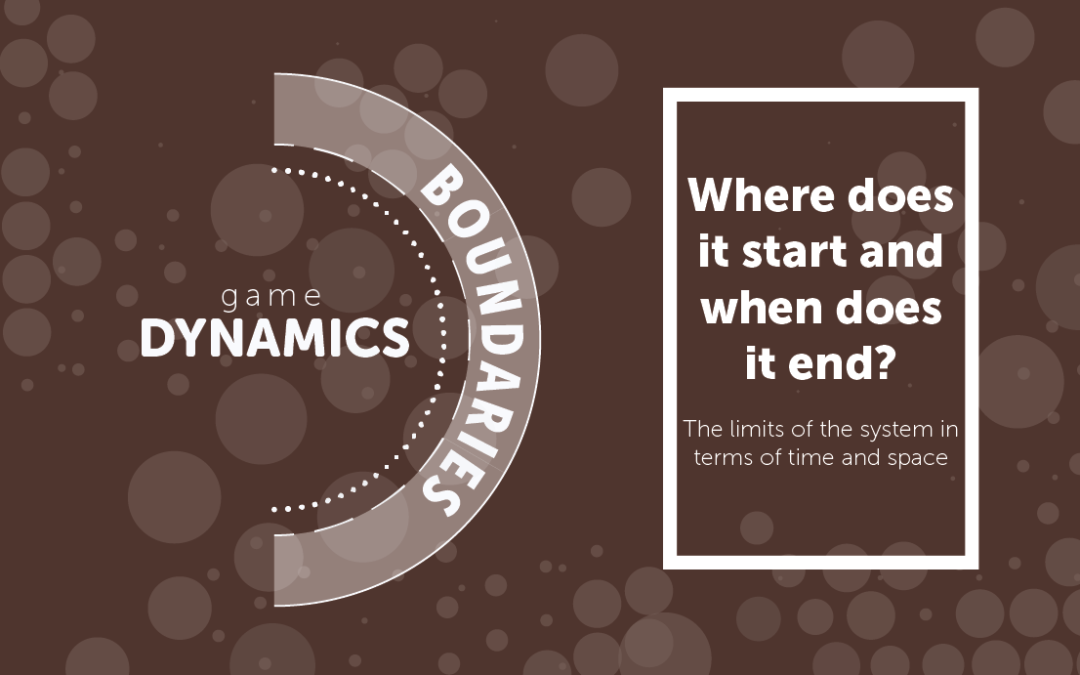
#GameDynamics – Boundaries
Boundaries #gamedynamics
Where does it start and when does it end?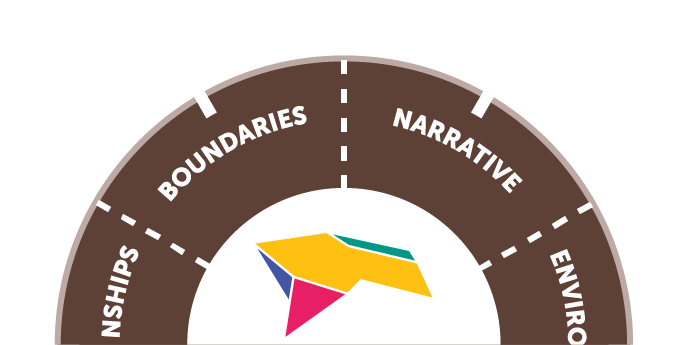
It’s fair to say the game ends when someone wins. That could be your limit in terms of time but, you must define where can they play.
Yes, you can also say “anywhere” but, what’s the game about?
There is absolutely no game that has no boundaries. If you don’t limit the game in terms of place and time, it’s not a game, it’s just play.
But, what about Pokemon Go? Isn’t that a game you can play LITERALLY anywhere?
NOPE. You can’t play it unless you have your cellphone/mobile device with you. Starting to see the difference? The boundaries of a supposedly limitless game are defined by the tools you have to use.
The boundaries of time are also important. As “infinite” as it seems, Pokemon Go actually is a connection of many very short battles. This way, you play for a couple of hours and then go back to your life. In a gamified system you MUST think exactly like that. You get into the system, interact for a while with it, define your goals, check your progression and REST.
Think of a soccer match. If it didn’t have boundaries of space. You could keep kicking the ball all the way to the ocean… seems a bit off right? And in terms of time? How long can the players actually play without falling to the ground completely spent?
Defining the boundaries of space not only depend on the physical space but also on the tools you need to interact (like facebook)
Defining your boundaries of time not only depend on how long will it take the players to get to the Win State but, the amount of actual time they can play through each attempt.
Perhaps when we get to the definition of this game mechanics we can see even more examples.
Upcoming, Game Mechanics, the 12 categories.

Bernardo Letayf
M.B.O. (Mind Behind the Operation)
6th position in the Gamification Gurus Power 100!
Gamification Keynote Speaker & the mind behind the operation @bluerabbit, a gamification platform for education.
Developed three frameworks to teach/learn how to create gamification systems and build gamified content
Declared a world wide war on grades.

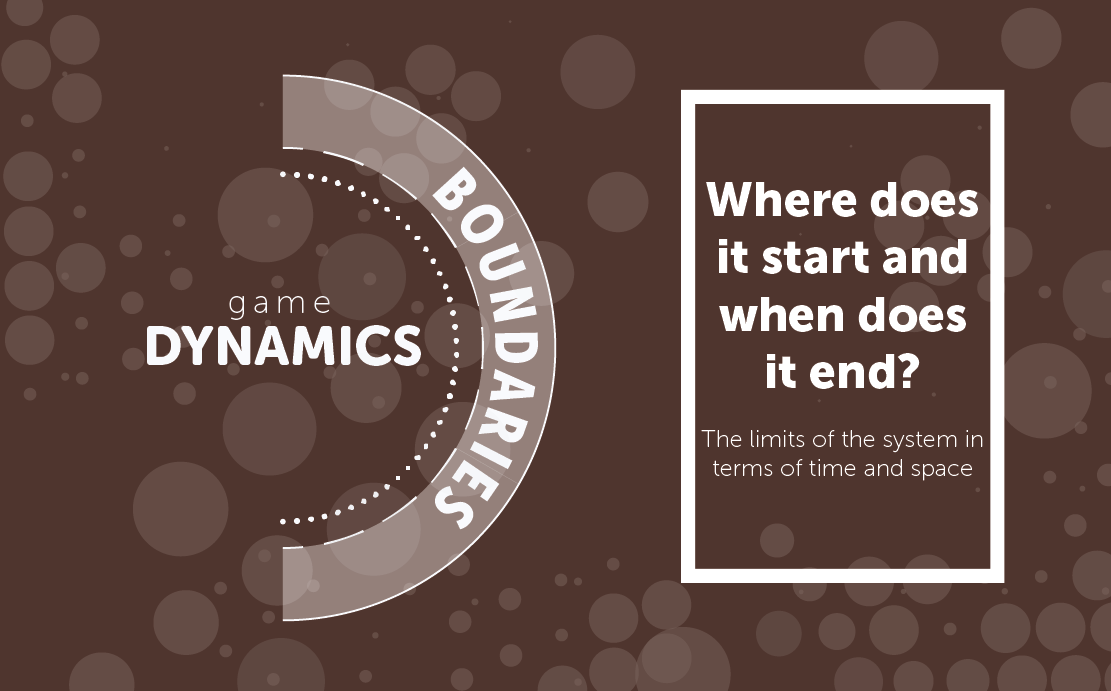
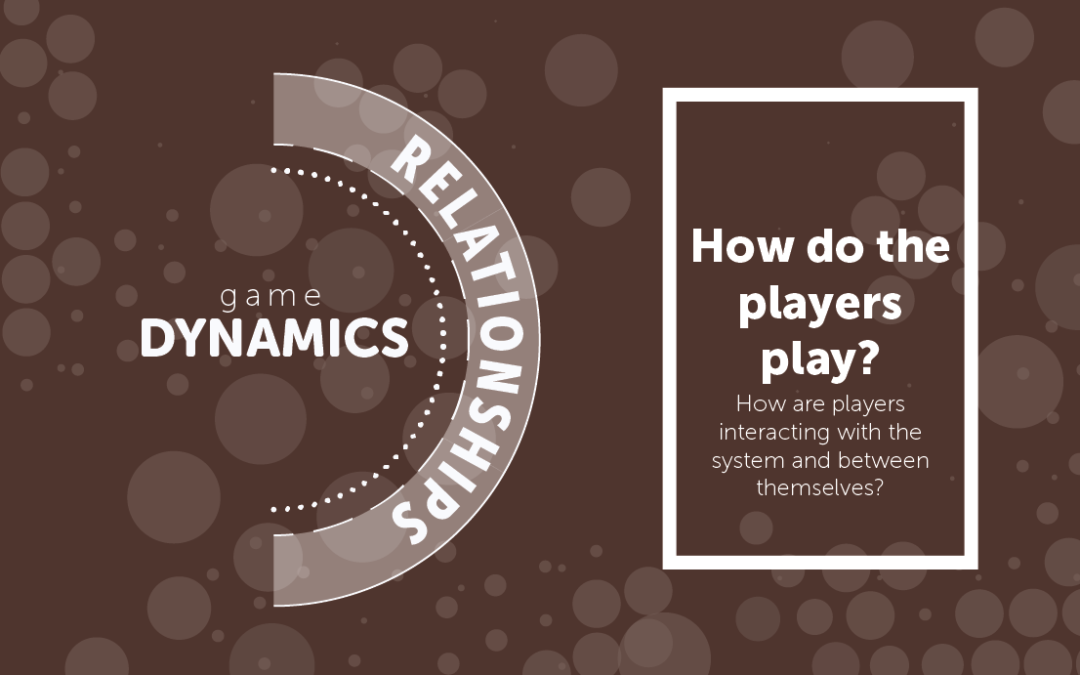

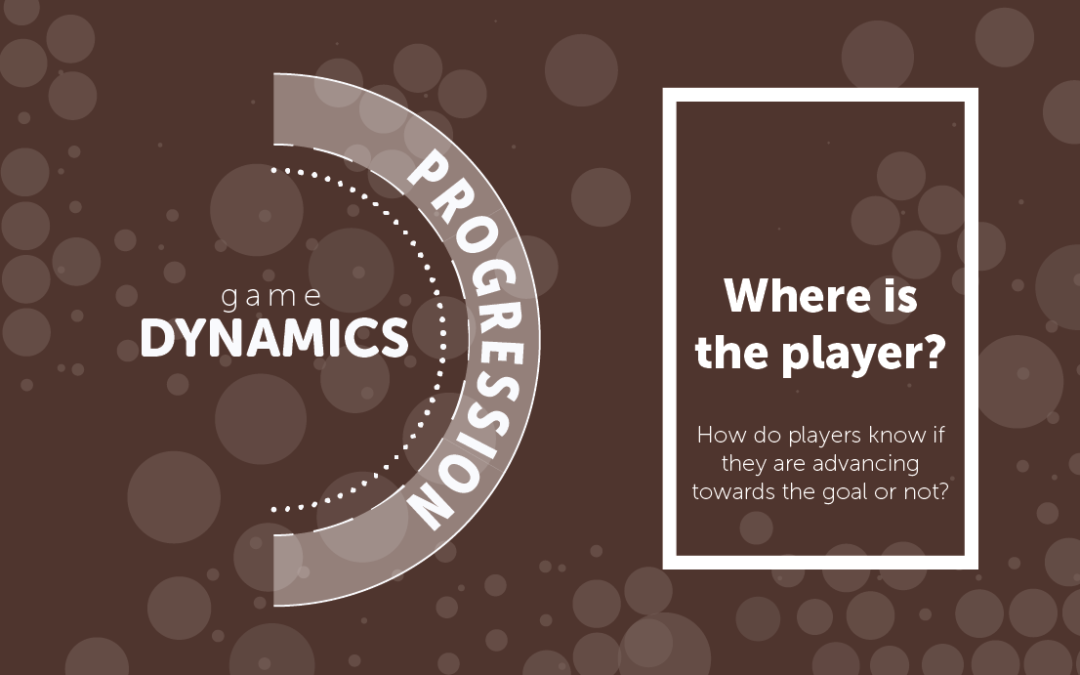
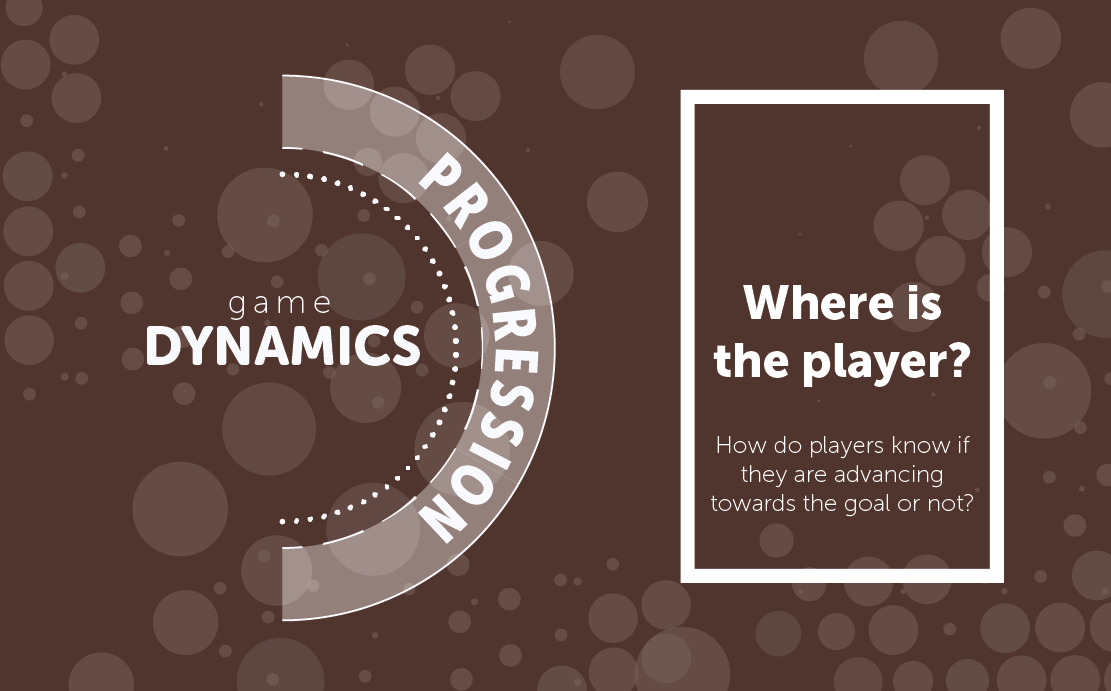
 Other ways to see these is offering the players multiple paths. You will become either a doctor or a web designer but it’s really hard to become both, however if the goal is to achieve a degree in something, it doesn’t matter which way you go. Now, you can have systems that offer multiple choices (like paths) but, once in the path, you have to follow a linear progression to get to the goal and can’t change that road until a certain point in the system.
Other ways to see these is offering the players multiple paths. You will become either a doctor or a web designer but it’s really hard to become both, however if the goal is to achieve a degree in something, it doesn’t matter which way you go. Now, you can have systems that offer multiple choices (like paths) but, once in the path, you have to follow a linear progression to get to the goal and can’t change that road until a certain point in the system.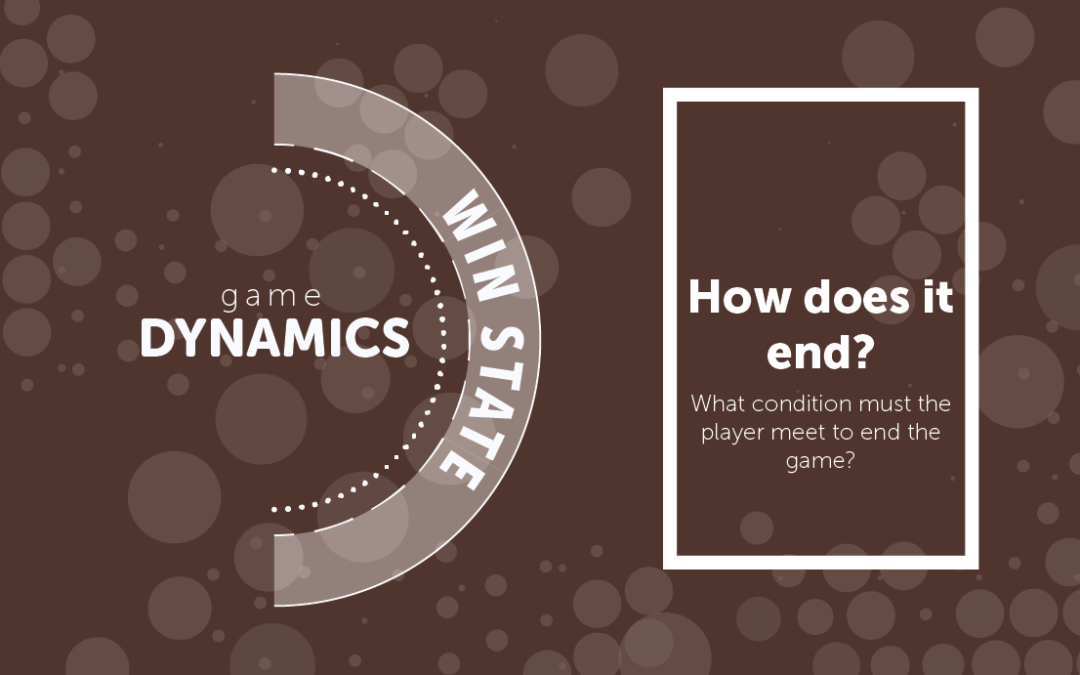
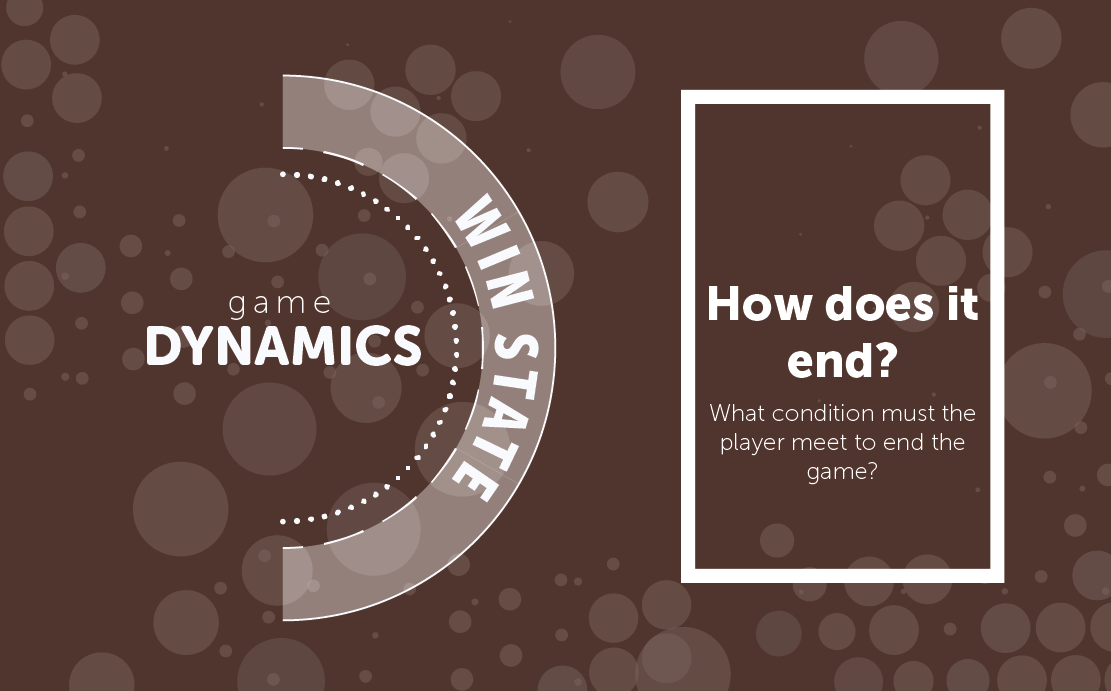
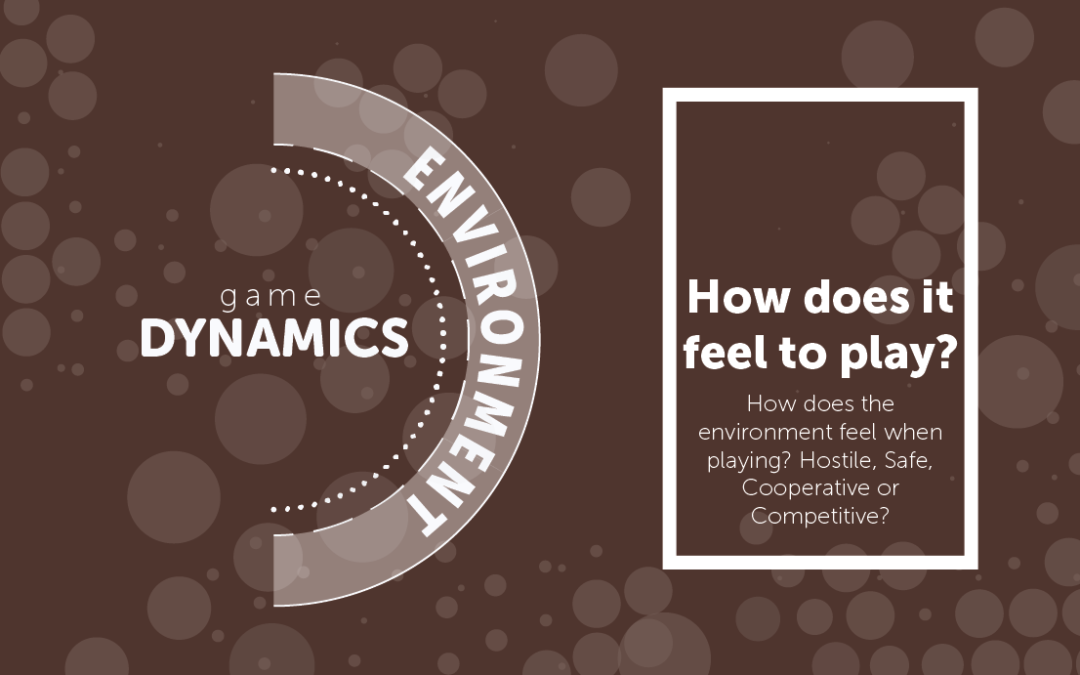

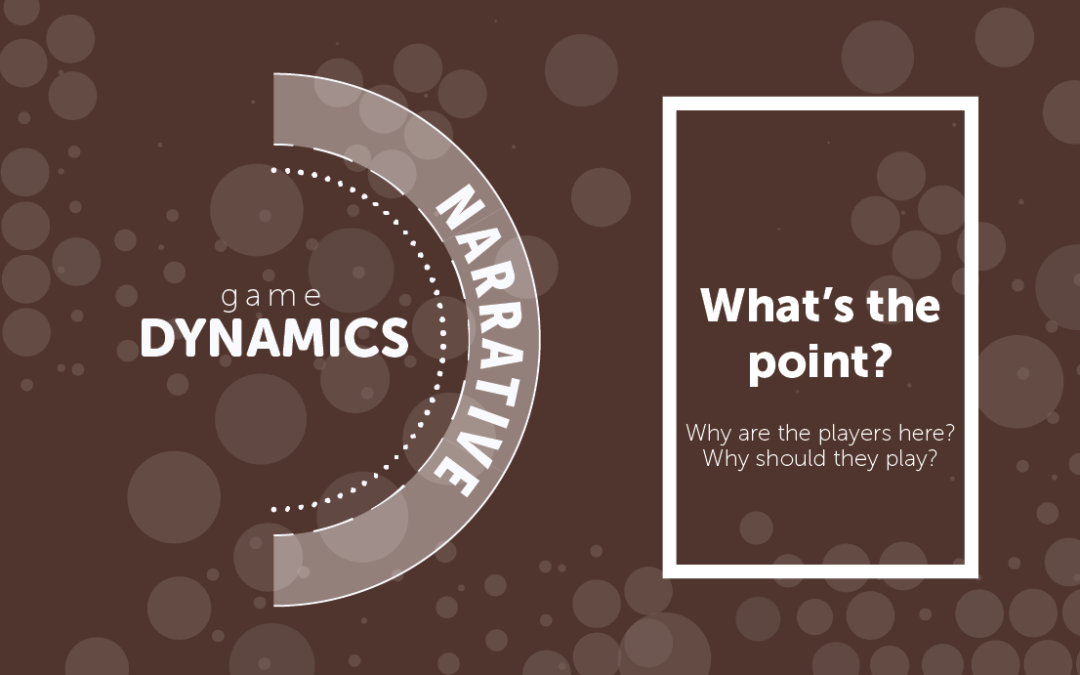
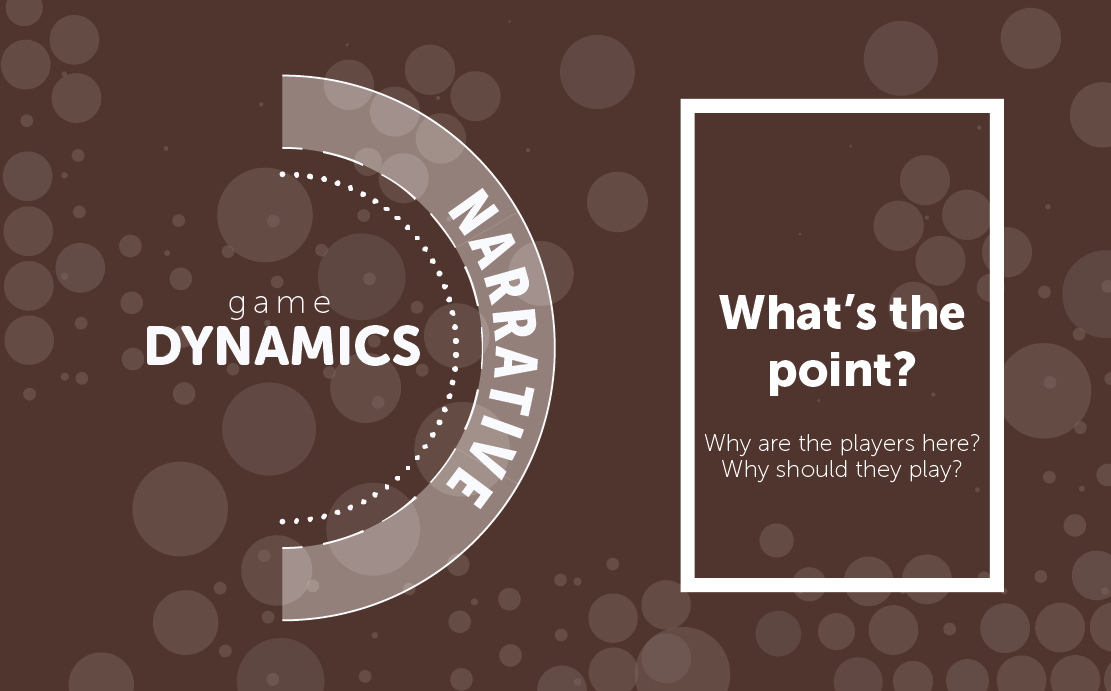
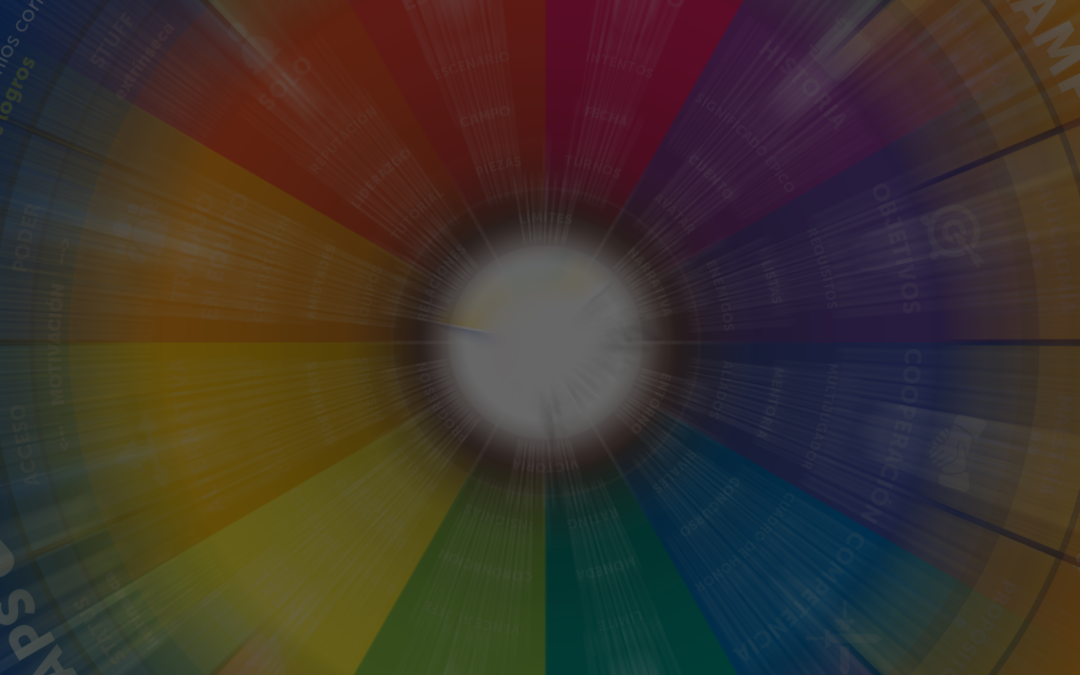
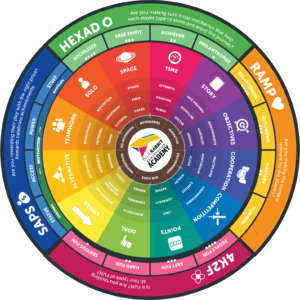
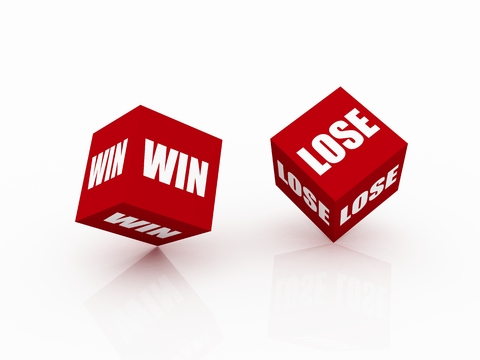
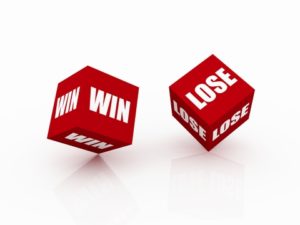 In a gamification strategy the goal is not winning. It’s about becoming, learning, growing.
In a gamification strategy the goal is not winning. It’s about becoming, learning, growing.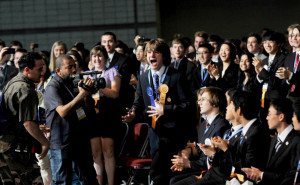
 If we
If we